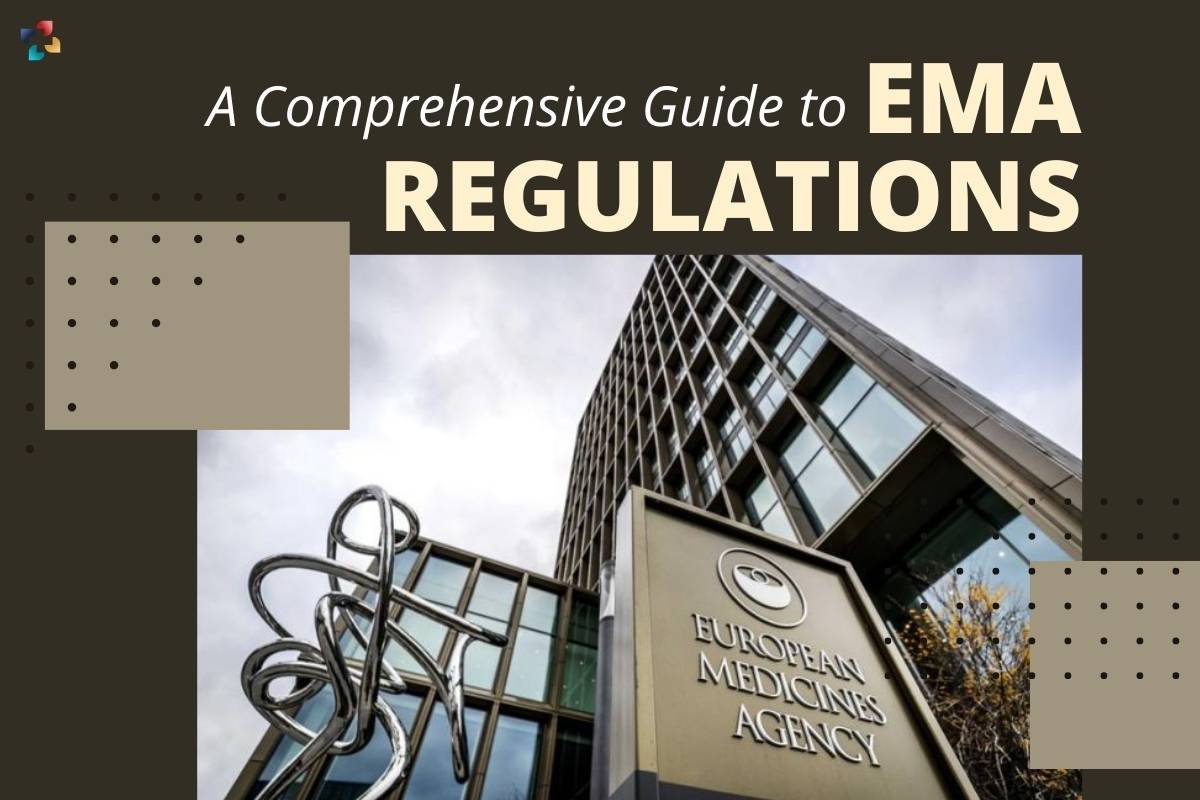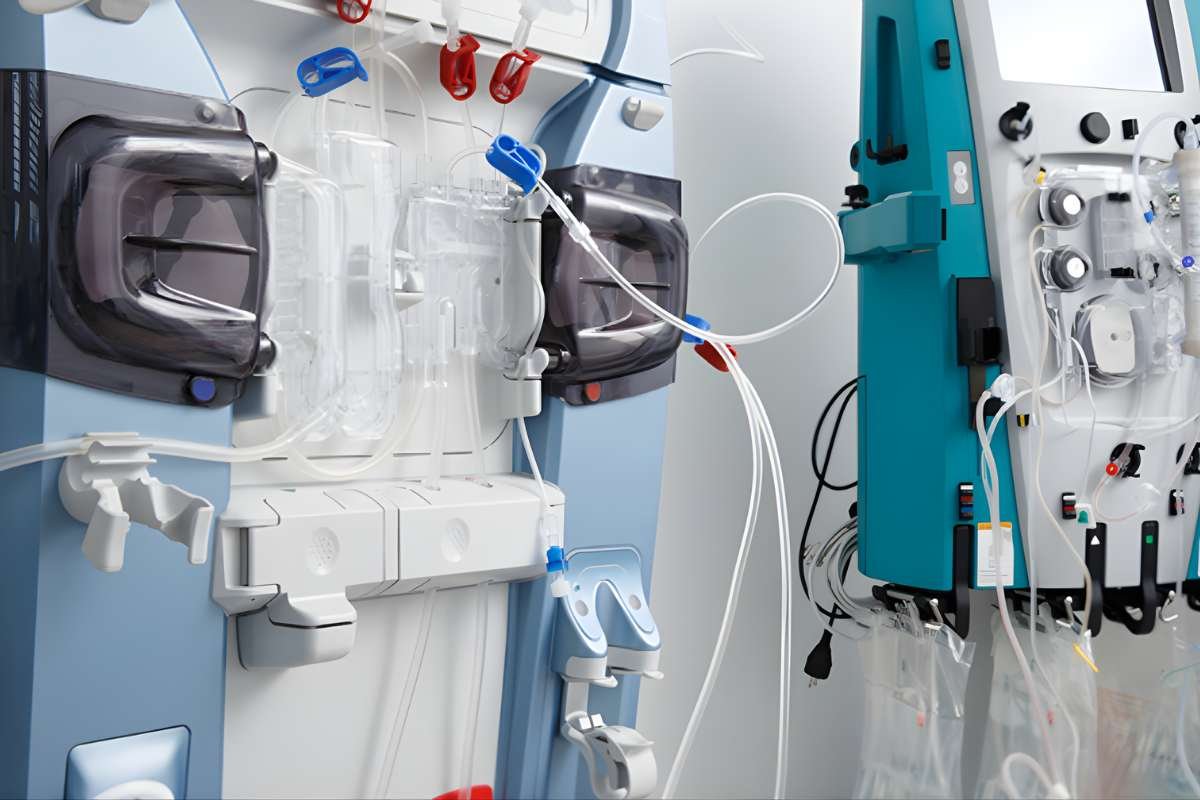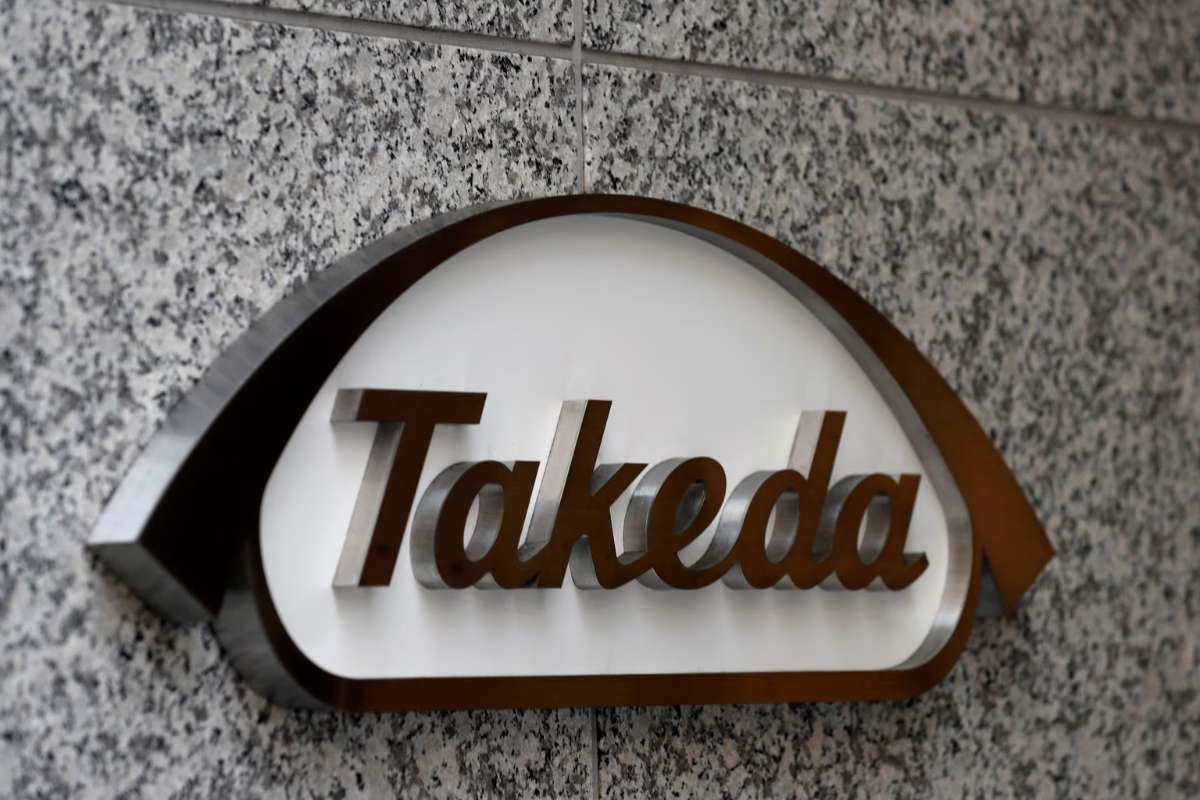Within the European Union (EU), the European Medicines Agency (EMA) is essential to guaranteeing the efficacy, safety, and quality of pharmaceuticals. Pharmaceutical companies, medical professionals, and other stakeholders participating in the medication development and approval process must be able to navigate the intricate web of EMA laws. The goal of this thorough reference is to shed light on EMA laws, including their history, essential elements, and effects on the pharmaceutical industry.
Understanding EMA Regulations
1. What Are EMA Regulations?
EMA regulations encompass a set of guidelines, procedures, and standards established by the European Medicines Agency to govern the development, authorization, and post-approval monitoring of medicinal products. These regulations are designed to ensure that medications reaching the market meet rigorous criteria for safety, efficacy, and quality.
2. Evolution of EMA Regulations

The regulatory landscape has evolved over the years to keep pace with advancements in science, technology, and the pharmaceutical industry. EMA regulations have undergone continuous refinement to enhance patient safety, streamline approval processes, and adapt to the dynamic nature of medical research.
Key Components of EMA Regulations
3. Marketing Authorization
Central to EMA regulations is the marketing authorization process. Pharmaceutical companies seeking to bring a new medicinal product to the European market must submit a comprehensive dossier to the EMA. This dossier includes data on the product’s quality, safety, and efficacy, and undergoes rigorous evaluation by scientific committees before receiving approval.
4. Pharmacovigilance
Pharmacovigilance is a critical aspect of EMA regulation, focusing on the monitoring and reporting of adverse drug reactions (ADRs) once a product is on the market. Marketing authorization holders are obligated to continuously assess the safety profile of their products and report any emerging safety concerns to the EMA.
5. Clinical Trials Regulation
EMA regulations govern the conduct of clinical trials, emphasizing the ethical treatment of trial participants and the generation of robust data. Sponsors must adhere to stringent guidelines to ensure the integrity and reliability of clinical trial results, fostering confidence in the safety and efficacy of investigational drugs.
6. Quality Assurance and Manufacturing Standards

Ensuring the quality and consistency of medicinal products is a cornerstone of EMA regulation. Manufacturers must adhere to Good Manufacturing Practice (GMP) standards, maintaining the highest quality throughout the production process. EMA regulations provide detailed guidelines on manufacturing practices to safeguard product quality.
7. Life Cycle Management
EMA regulations extend beyond initial product approval to cover the entire life cycle of medicinal products. Manufacturers must implement life cycle management strategies, including variations to marketing authorizations, post-authorization safety studies, and updates to product information to reflect emerging data.
The Impact of EMA Regulations
8. Patient Safety and Public Health
At the core of EMA regulations is the commitment to patient safety and public health. By enforcing rigorous standards, conducting thorough evaluations, and promoting transparency, EMA regulations contribute to maintaining the highest level of safety and efficacy for medicinal products available to European patients.
9. Global Collaboration
EMA regulations also facilitate global collaboration in drug development. The agency actively engages with regulatory counterparts worldwide, fostering harmonization of standards and promoting the efficient exchange of information. This collaboration benefits both patients and industry stakeholders by expediting access to innovative treatments.
10. Market Access and Commercialization
Compliance with EMA regulations is essential for market access within the EU. Pharmaceutical companies that successfully navigate the regulatory pathway gain authorization to commercialize their products, tapping into a vast market while ensuring that their offerings meet the highest standards of quality and safety.
Navigating the Regulatory Landscape
11. EMA Interaction with Stakeholders
Pharmaceutical companies and stakeholders engaging with EMA regulations benefit from the agency’s commitment to transparency and collaboration. EMA regularly interacts with stakeholders through consultations, workshops, and guidance documents, providing clarity on regulatory expectations and fostering a shared commitment to advancing public health.
12. Adapting to Regulatory Updates
Given the dynamic nature of the pharmaceutical industry, EMA regulations are subject to periodic updates and revisions. Stakeholders must remain vigilant and adaptive, staying informed about regulatory changes and evolving best practices. Continuous education and engagement with EMA resources contribute to successful compliance.
Future Trends and Developments
13. Digital Transformation in Regulatory Processes

The future of EMA regulations is intertwined with ongoing digital transformation initiatives. The adoption of advanced technologies, including artificial intelligence and data analytics, is poised to enhance regulatory processes, streamline decision-making, and expedite the assessment of medicinal products.
14. Emphasis on Patient-Centric Approaches
A notable trend in regulatory frameworks, including EMA regulations, is the increasing emphasis on patient-centric approaches. Recognizing the importance of patient perspectives in decision-making processes, regulatory agencies are incorporating patient input to shape the development, evaluation, and access to medicinal products.
Conclusion
The European Union’s strong and patient-centered regulatory framework is based on the EMA regulations. It takes a thorough awareness of the essential elements, regulatory requirements, and how the pharmaceutical business is changing to successfully navigate this complex environment. By interacting with EMA rules, stakeholders contribute to a common goal of improving public health by guaranteeing that pharmaceuticals fulfil the strictest requirements for quality, safety, and efficacy. Collaboration, flexibility, and an emphasis on patient welfare are still critical for effectively navigating the complex world of EMA regulations as the regulatory landscape changes.







